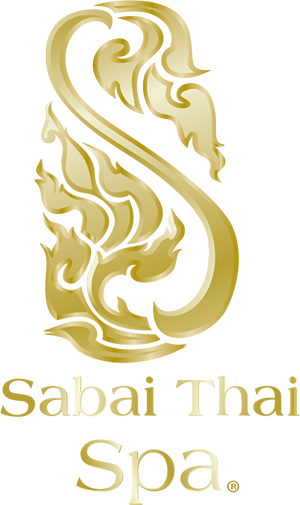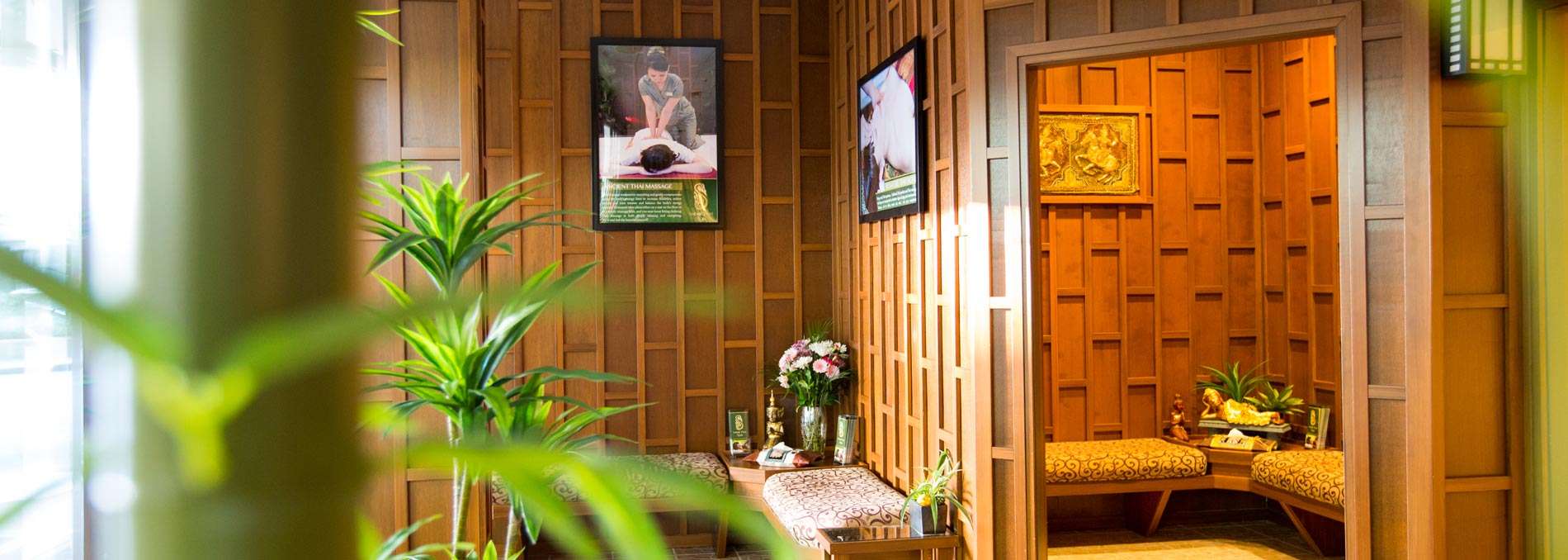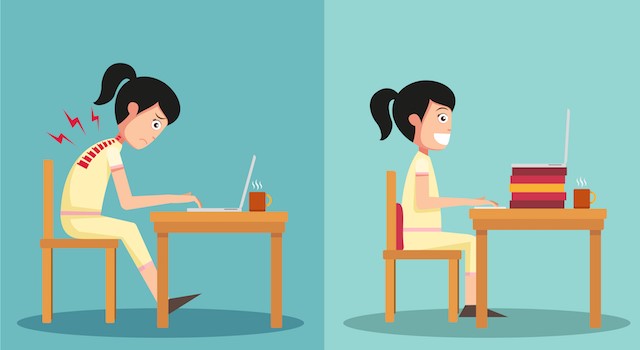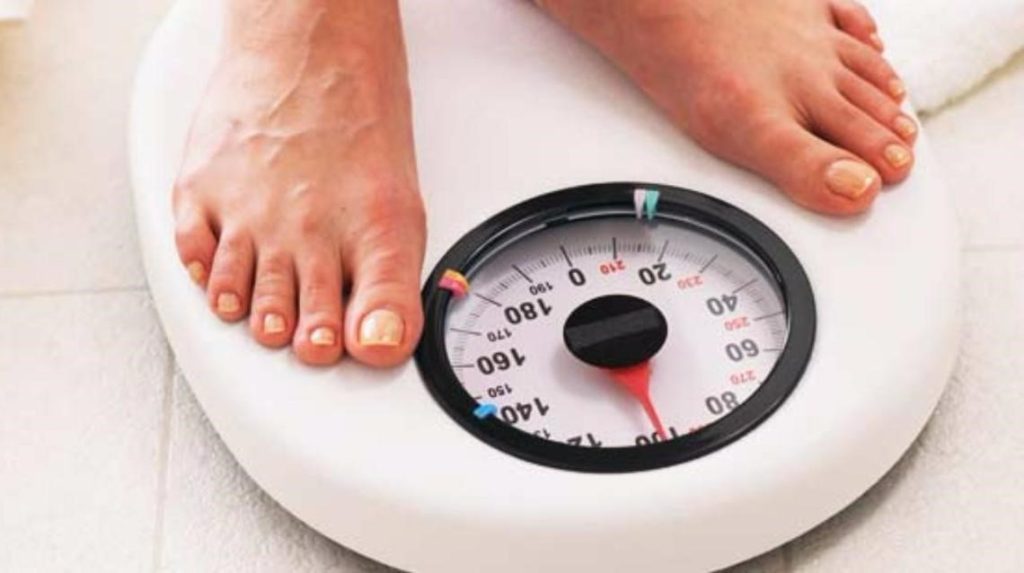Introduction
Back pain is a typical justification behind nonattendance from work and for looking for clinical treatment. It very well may be awkward and crippling. It can be due to some injury, inappropriate movement and some disease. Back pain can influence individuals of all ages for various reasons. As individuals get older, the shot at creating lower back pain increments because of components like past occupation and degenerative disk illness.
Lower back torment might be connected to the bony lumbar spine, discs between the vertebrae, tendons around the spine and circles, spinal cord and nerves, lower back muscles, stomach, internal pelvic organs, and the skin around the lumbar region. Pain in the upper back might be because of the aorta, chest tumor, and spine aggravation problems.
How your Back Functions?
The spine likewise called the spinal column or the backbone is probably the strongest part of the body and gives us adaptability and strength. It’s comprised of 24 bones, called vertebrae, one sitting on top of another. These bones contain discs in the middle and heaps of solid muscles and ligaments around them for help. Likewise, there are the bones in the tailbone at the lower part of the back, which are combined, and there are no discs in between.
On one side of the spine, running start to finish, are many little joints called the facet joints. The spinal cord passes inside the vertebrae, which secures it. The spinal cord joins with the brain through the foundation of the skull and to the remainder of the body by nerves that pass through spaces between the spine’s bones. These nerves are otherwise called nerve roots.
As you get older, your spine structures, like the joints, ligaments, and discs, age also. The structure stays solid, yet it’s typical for your back to get stiffer as you grow older.
Common Causes of Back Pain
1. Pulled Muscles or Tendons
Lifting cartons or heavy items, working out, and surprisingly sleeping in an abnormal position can prompt a sore back. Frequently this implies that you might have stressed or hyper-extended one of the many muscles and ligaments in your back. Back torment from a pulled muscle or tendon can now and then lead to contractions and stiffness.
2. Sciatica
Back torment is sometimes connected with torment in the legs, and there might be a shivering or numb inclination. This is known as sciatica. This is because of a nerve in the spine being crushed or pressed. For the vast majority of people with sciatica, the leg agony can be the most exceedingly terrible part, and at times they might have practically no back torment by any stretch of the imagination.
Much of the time, sciatica is brought about by a bulging disc pushing on the nerve. Discs are intended to swell so we can move our spines about effectively; however, once in a while, a lump can catch a nerve root and cause torment that movements right down the leg and foot. Many people recover decently fast, albeit at times it may require various months.
3. Arthritis
This infection can influence any joint in the body, incorporating the small joints for the spine. Ankylosing spondylitis and cervical arthritis are two kinds of arthritis that influence the spine. Ankylosing spondylitis is persistent joint inflammation in the spine, and cervical arthritis influences the upper spine, irritating the shoulders and neck.
4. Osteoporosis
Our bones are hard, giving structure to our muscles and securing our organs. Notwithstanding their evident unbending nature, bones are living tissue in a continuous condition of change. Our body consistently eliminates old bone while new bone is delivered to supplant it. Until about age 30, our body eliminates old bone and replaces it with new bone at an almost equivalent rate. After 30, particularly in ladies following menopause, the pace of absorbing old bone starts to happen more quickly than the pace of new bone delivered. After some time, the outcome is debilitated bones or osteoporosis and an expansion hazard of fractures, incorporating in the vertebrae.
5. Strain/ Sprain
An injury implies a physical issue to a tendon, and tendons support the spine, including its facets joints. A strain is a muscle and additionally ligament injury. Ligaments link muscle to a bone. A spinal injury or strain can occur on the off chance that you fall, utilize helpless body mechanics (e.g., lifting and twisting simultaneously), during some car accident, and numerous alternate ways. These are generally very excruciating and may briefly restrict movement.
6. Bulging or Herniated Spinal Discs
Herniated discs can lead to back pain. Disc herniation is not generally symptomatic and is related to the normal course of aging. However, they can likewise happen because of a physical issue, for example, unexpected heavy loading of the back (as happens with improper lifting). Sometimes a disc herniation can pack the spinal nerves where they leave the spinal segment, coming about in a radicular kind of back torment in which agony is felt at the site of injury and along the course of the influenced nerve. Sciatica, for instance, is a sort of radicular torment.
7. Fibromyalgia
A condition called fibromyalgia is a typical reason for different areas of pain that can incorporate the back. It is a condition portrayed by inescapable soft tissue pain, sleep, tiredness, aggravation, and the presence of equitably conveyed spaces of tenderness. In diagnosing this issue, a past filled with somewhere around 90 days of endless agony and tenderness in at least eleven of the eighteen assigned tender point areas is needed.
Dealing with Back Pain at Home
· Maintain a Good Posture
This helps in easing the tension on your lower back. You can utilize tape, ties, or stretchy bands to assist with keeping your spine in the arrangement. Expect to keep your head focused over your pelvis. Try not to drop your shoulders or move your jawline forward. On the off chance that you are working in front of a screen, place your arms uniformly on the table or any work area, and keep your eyes level with the highest point of the screen. Make sure that you move from your seat and stretch your body and walk for a few minutes.
Keep Moving
You probably won’t feel like it when you are in pain. In any case, this is presumably the principal thing your primary care physician will suggest. A typical misguided judgment in patients with disengaged back torment is that they can’t remain active. Attempt to stay aware of your daily level of everyday action and movement. You can begin with a half an hour walk to avoid laziness. Expect to stand up no less than three times each week.
Being inactive permits the muscles around the spine and in the back to become weak. As a result, makes less help for the spine and leads long haul torment.
· Stretch
Strong muscles, particularly in your stomach center, help support your back. Strength and adaptability might help both ease your aggravation and forestall it.
Yoga, Pilates, and tai chi are only a couple of the approaches to strengthen the core and the muscles around your hips. One exercise that aims at your whole upper and lower back is lying on your stomach and lifting your legs and arms in the flying position.
Uphold a Healthy Body Weight
It’s true that losing some extra weight eases the burden on your back. Weight reduction truly helps with pain because it diminishes the measure of mechanical power onto the spine. In the event that you need assistance, ask your primary care physician for guidance on a tight eating routine and exercise plan that might turn out best for you.
Change Shoes
Wearing such shoes which do not fit you properly is of no help and often causes tension in the neck, legs and back muscles. For example, high heels disturb the body’s alignment and lead to pain the lower back. One review discovered a connection between wearing high heels for significant stretches and having back torment. Wearing extremely flat shoes can likewise put extra strain on the feet and back.
On the off chance that you encounter recurring back torment, you ought to consider changing to shoes that fit effectively and backing the feet. A podiatrist or foot expert can help an individual discover appropriate footwear if important.
Conclusion
A huge number of individuals live with back pain. Firmness, agony, and restricted development can significantly affect personal satisfaction. Yet, you might have the option to keep away from back pain by keeping a good weight and remaining active. Converse with your supplier if back torment doesn’t disappear or then again in case you can’t do the exercises you appreciate. A few medicines can ease torment, assist you with moving better and get more out of life.








